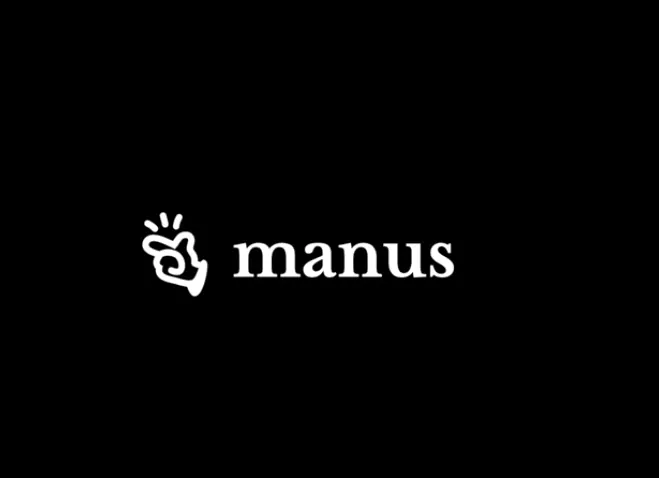China’s artificial intelligence (AI) sector has taken a major leap forward with the introduction of ‘Manus,’ an advanced AI model that has sparked global interest. Positioned as a competitor to leading AI models from OpenAI and Google, Manus is gaining attention for its capabilities in natural language processing, machine learning, and automation. This development signals China’s growing influence in the AI race and highlights the country’s ambitions in shaping the future of AI technology.
1. What is Manus?
Manus is China’s latest AI model, developed to rival leading AI systems such as OpenAI’s GPT-4 and Google’s Gemini. With cutting-edge advancements in deep learning and generative AI, Manus aims to:
-
Enhance natural language understanding with high contextual accuracy.
-
Improve AI-powered automation across industries like healthcare, finance, and customer service.
-
Provide multilingual capabilities to cater to diverse global audiences.
-
Offer enhanced security and compliance in AI-driven solutions, making it attractive for government and enterprise applications.
2. How Manus Stands Out
Manus is generating buzz due to its innovative features and capabilities:
-
Faster Processing Speed: Manus reportedly processes information at a higher speed than many existing models, improving response times.
-
Greater Adaptability: The AI model is designed to function efficiently across multiple industries, making it highly versatile.
-
AI Ethics and Governance: Developers of Manus emphasize strict ethical AI guidelines to address concerns over misinformation and bias.
-
Localization for Asian Markets: Unlike Western models, Manus is optimized for better performance in languages like Mandarin, Hindi, and Japanese.
3. The Global AI Landscape: Manus vs. OpenAI and Google
With the AI race intensifying, China’s Manus is entering a competitive space dominated by OpenAI and Google. Here’s how Manus compares:
-
Against OpenAI’s GPT-4: Manus aims to deliver similar, if not superior, text generation capabilities, with a focus on security and compliance.
-
Against Google’s Gemini: Manus is designed to rival Google’s AI model in real-world applications, particularly in enterprise solutions and search engine enhancements.
-
Against Other Competitors: While companies like Meta and Microsoft are making AI advancements, Manus positions itself as a strong alternative in China and emerging markets.
4. The Challenges and Future of Manus
Despite its promising features, Manus faces key challenges:
-
Global Adoption: Competing with OpenAI and Google in international markets will require overcoming trust and regulatory barriers.
-
AI Regulations: As AI governance becomes a priority worldwide, Manus must navigate compliance and ethical concerns.
-
Continuous Innovation: Maintaining a competitive edge will require ongoing research and upgrades.
Conclusion
China’s Manus AI model is making waves in the AI community, challenging industry leaders like OpenAI and Google. With its advanced capabilities, ethical AI focus, and adaptability across industries, Manus has the potential to reshape the AI landscape. As the AI competition heats up, the future of Manus will depend on its ability to expand globally, address ethical concerns, and continue evolving in the face of rapid technological advancements.
What are your thoughts on Manus and its impact on the global AI race? Let us know in the comments!



